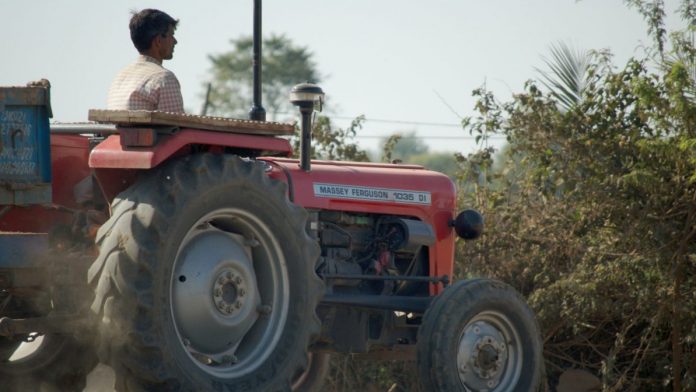![]()
![]()

Rice feeds the world. It provides more calories to humans than any other food, and more than a billion people depend on rice cultivation for their livelihoods.
In fact, rice is central to existence in many nations. For example, in 2008, when rice prices tripled, the World Bank estimated that an additional 100 million people were pushed into poverty. No wonder that changes in the price and availability of rice have caused social unrest in developing countries.
To keep rice prices affordable as populations increase, the International Rice Research Institute estimates that anadditional 8-10 million tons of rice will need to be produced worldwide every year. But a report from the International Food Policy Research Institute estimates that by 2050 rice prices will increase some 35% because of yield losses due to climate change. Some 90% of the world’s rice is grown in Asia, on more than 200 million small scale farms, most no larger than an acre.
These colliding trends mean that the world must learn to produce more rice – and to do it with less land, less water and less labor. That means devising more efficient and profitable production systems that are resilient to climate change and contribute less to it. This is exactly the challenge EDF and its partners have taken up in India, a country where roughly 500 million of the world’s 2.3 billion people in small-scale farming families live and earn $2 – $4 a day.

Rice farming releases greenhouse gasses more potent than carbon
When organic material decays without oxygen, as it does in water-logged rice paddies, soil microbes generate methane, a greenhouse gas with 25 times more warming potential than CO2. In India, rice methane emission account for about 10% of the nation’s total greenhouse gas (GHG) emissions.
Lately there is growing awareness that when rice is grown under dryer and aerated conditions, nitrous oxide emissions from rice can be as (or even more) significant as methane emissions. Nitrous oxide has about 300 times more warming potential than CO2. It has not yet been estimated what percentage of nitrous oxide emissions in India, or for that matter other rice growing regions in Asia, come from rice cultivation.
Partnering with NGOs in India yields a promising future
The rice farmers in South India are working with non-governmental organizations that are part of a broad coalition called the Fair Climate Network. EDF’s science team is working with these NGOs to develop an environmentally sustainable and economically profitable way to farm rice that will increase climate resilience and decrease GHG emissions.
With our partners, we are developing rice farming practices that change water, fertilizer and organic matter management such that GHG emissions go down as rice yield and farm profitability stay stable or go up. Our partners are working with thousands of rice farmers to record all the farm level data (methods of tilling and weeding, types of fertilizer used, amount of water used and harvest yields) necessary to understand the economic and environmental impacts of their work.
We have also developed protocols to quantify everything: yields, production costs, and emissions of nitrous oxide and methane from the rice fields. Our partners have even set up field laboratories in rural South India to constantly monitor GHG emissions. Our preliminary research work in fields “adopted” by EDF’s partners shows that there is potential to reduce GHG emissions by 2-5 metric tons per acre per year which is same as taking of an average American car off the road for a year.

Eventually, we expect to have enough data to make a case for low carbon farming of rice throughout all of South India. If low carbon rice farming becomes the standard just in all rice growing farms in South Indian states where we are currently active, we can decrease GHG emissions by 40-100 million tons of CO2e per year while saving water, improving farm incomes and protecting rice yields. This reduction is roughly equal to taking 10 million American cars off the road or taking 10-20 coal power plants off the grid. To make this possible, we will have to raise resources for outreach and the transactions costs of monitoring and verifying the GHG reductions.
The potential for this kind of research to support development, food and political security, while mitigating climate change is enormous. That’s something to think about the next time you have a bowl of rice.

About the author